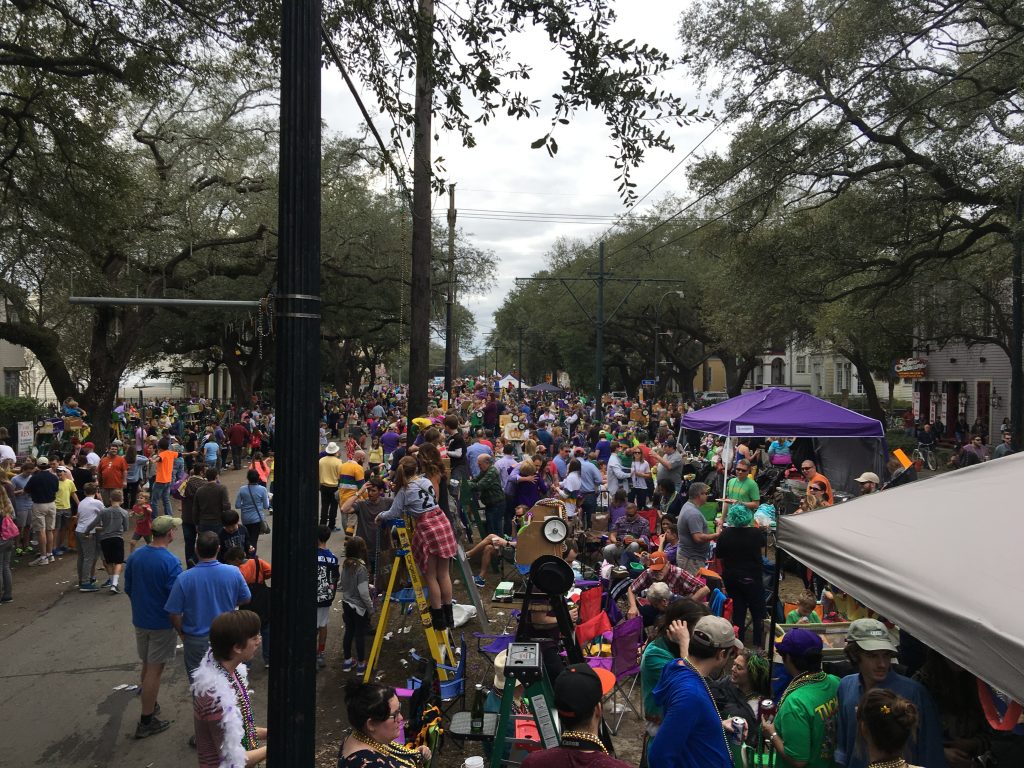 Anyone who has been to a Mardi Gras parade in New Orleans knows that the festivities are often marked by high-speed projectiles aimed at the crowds. Indeed, the chance to catch coveted “throws” is the very thing that draws many parade goers. The risk of being hit by beads or other throws is so well-known and accepted that there is even a state “Mardi Gras immunity statute” which grants immunity to Mardi Gras krewes who throw the beloved treasures at parades. La. R.S. 9:2796 grants immunity to krewes which sponsor parades for any loss or damaged caused by a krewe member, unless such loss or damage was caused by deliberate acts or gross negligence. Though the parades are a cornerstone of New Orleanian culture, we get to enjoy them only at our own risk, with the knowledge that we could be injured by the very beads and throws that draw us to attend. Recently, a long-time Endymion Ball attendee learned this lesson the hard way.
Anyone who has been to a Mardi Gras parade in New Orleans knows that the festivities are often marked by high-speed projectiles aimed at the crowds. Indeed, the chance to catch coveted “throws” is the very thing that draws many parade goers. The risk of being hit by beads or other throws is so well-known and accepted that there is even a state “Mardi Gras immunity statute” which grants immunity to Mardi Gras krewes who throw the beloved treasures at parades. La. R.S. 9:2796 grants immunity to krewes which sponsor parades for any loss or damaged caused by a krewe member, unless such loss or damage was caused by deliberate acts or gross negligence. Though the parades are a cornerstone of New Orleanian culture, we get to enjoy them only at our own risk, with the knowledge that we could be injured by the very beads and throws that draw us to attend. Recently, a long-time Endymion Ball attendee learned this lesson the hard way.
On the Saturday before Mardi Gras 2012, Rose Ann Citron was hit in the head by a bag of beads while the Krewe of Endymion was making its way through the Superdome in New Orleans, Louisiana on its way to the “Extravaganza;” an invitation-only continuation of celebrations held after the parade. Ms. Citron was not an Extravaganza novice. Her husband, Wayne Cintron was a long-time Endymion Krewe member and Mrs. Citron had attended the majority of Extravaganzas over the past thirty years. Nonetheless, the Citrons filed a lawsuit against the Endymion Krewe seeking damages for injuries allegedly sustained in the bead-throwing.
The Edymion Krewe answered, asserting that it benefitted from Louisiana’s Mardi Gras immunity statute. After discovery (the process of gathering evidence for the case), the Edymion Krewe filed a motion for summary judgment based on the immunity statute. It argued that regardless of what acts occurred that night, no reasonable mind could characterize those acts as gross negligence so as to defeat its immunity.
 Louisiana Personal Injury Lawyer Blog
Louisiana Personal Injury Lawyer Blog


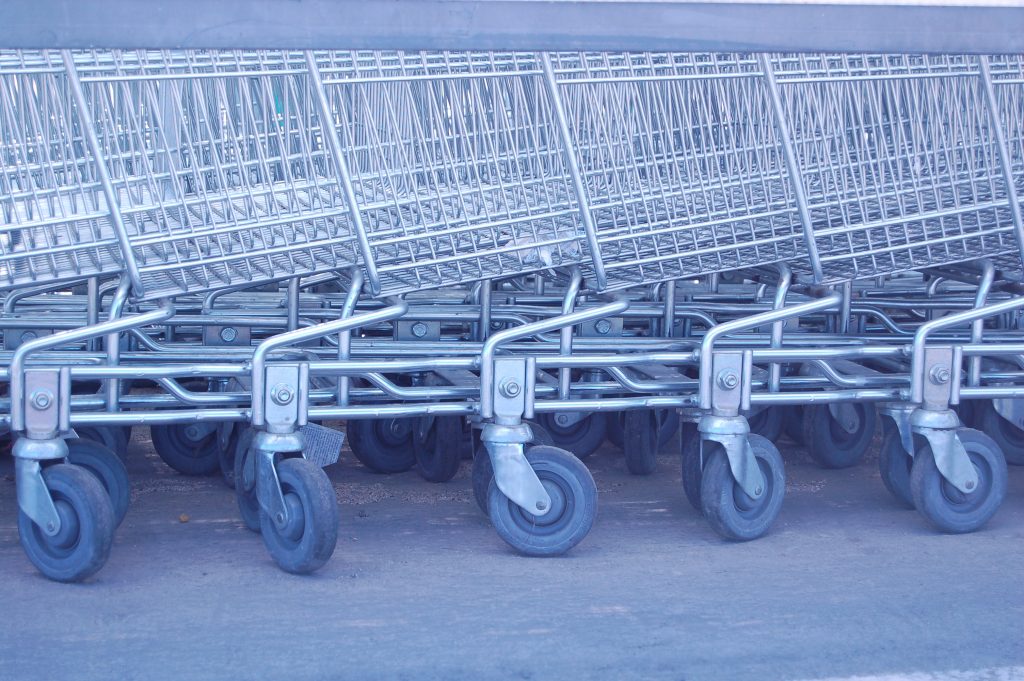 Would you expect a routine trip to your local grocery store to end with a herniated disc and a possible need for surgery? Probably not. Trips to the grocery store are often without incident. However, people
Would you expect a routine trip to your local grocery store to end with a herniated disc and a possible need for surgery? Probably not. Trips to the grocery store are often without incident. However, people 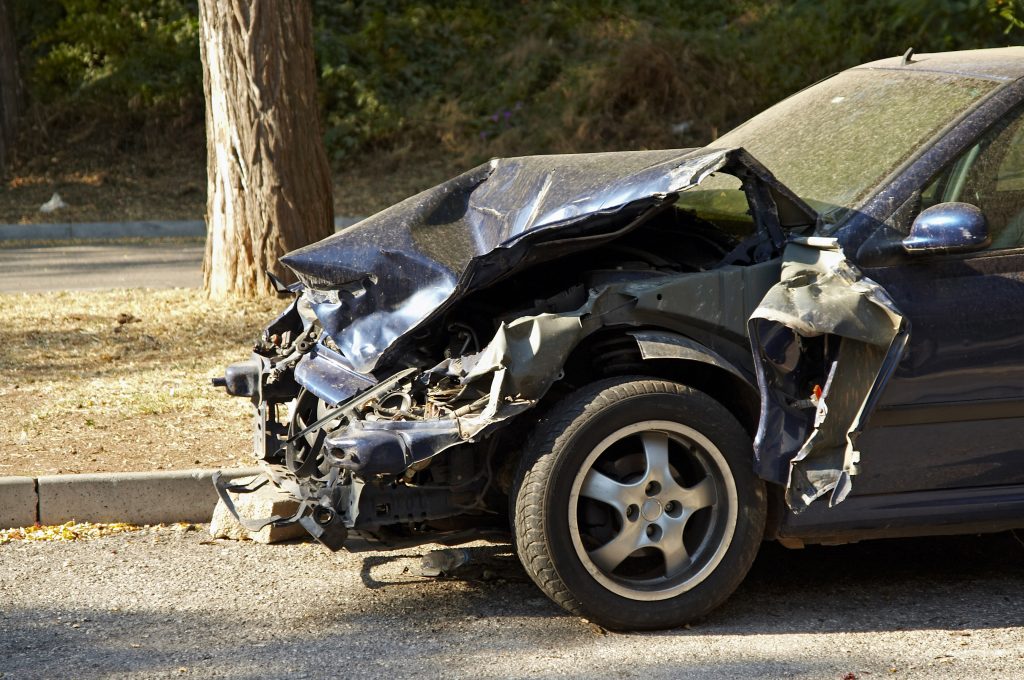
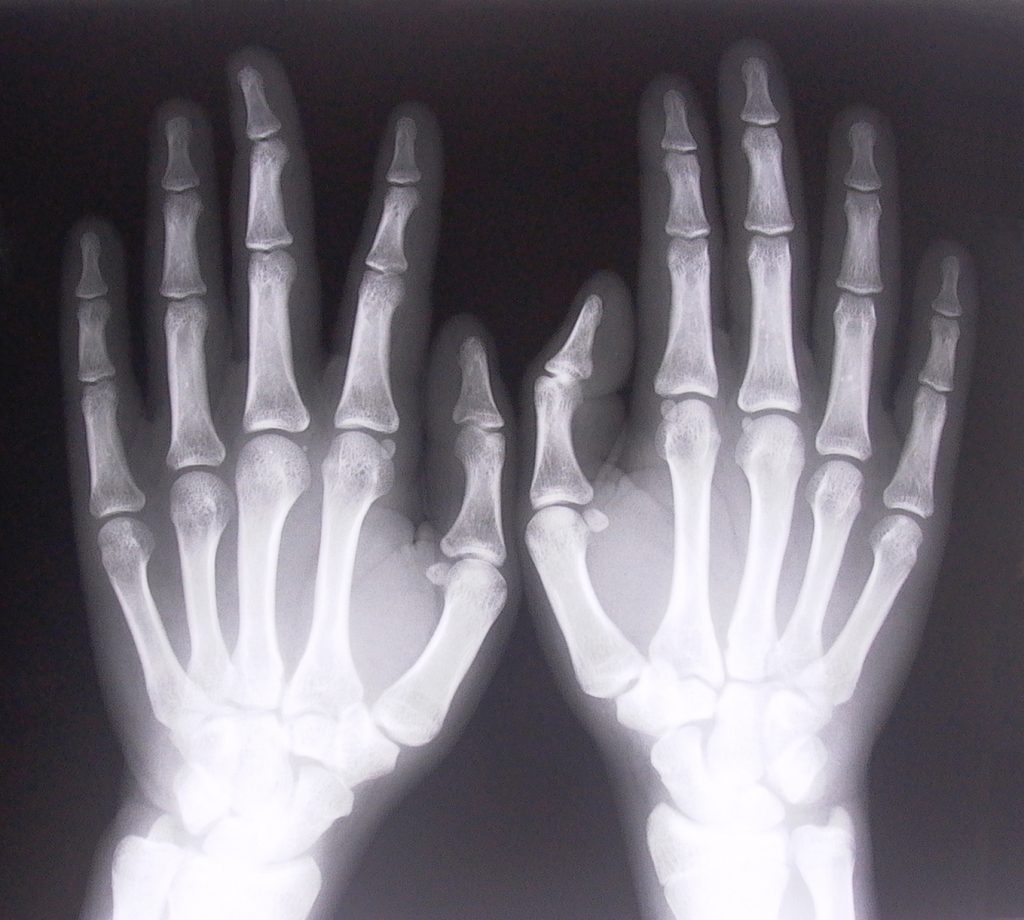 Sometimes you get hurt while working and it’s neither your fault nor your employer’s fault. In those cases the person that hurt you is called a “Third-Party Tortfeasor.” However, because you were hurt while working you may have rights to not only sue the person who hurt you but to also receive workers compensation benefits. Beware though, there are strict statutory rules that apply that dictate when you must file for medical and other benefits owed to you under the Louisiana Workers Compensation laws. The following case out of Calcasieu Parish shows why you need to consult the best workers compensation lawyer immediately upon an injury that occurs while on the job.
Sometimes you get hurt while working and it’s neither your fault nor your employer’s fault. In those cases the person that hurt you is called a “Third-Party Tortfeasor.” However, because you were hurt while working you may have rights to not only sue the person who hurt you but to also receive workers compensation benefits. Beware though, there are strict statutory rules that apply that dictate when you must file for medical and other benefits owed to you under the Louisiana Workers Compensation laws. The following case out of Calcasieu Parish shows why you need to consult the best workers compensation lawyer immediately upon an injury that occurs while on the job.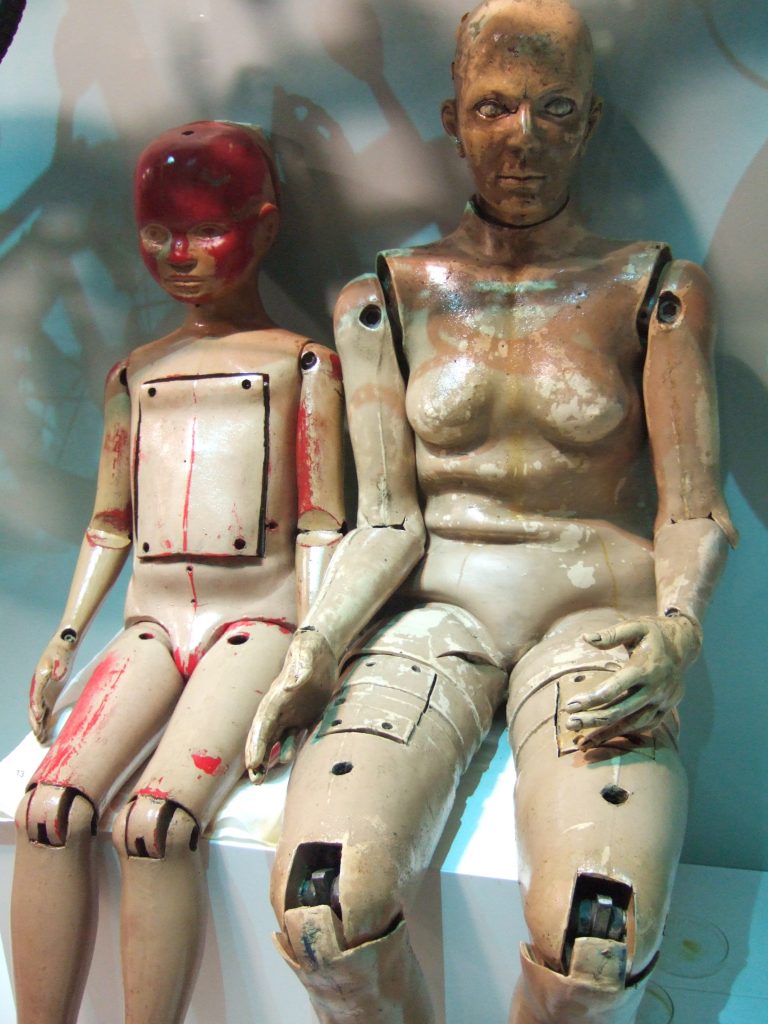 Car accidents are among the most common reasons for a lawsuit. An average car accident is often difficult to conclude which party is at fault. Issues are further complicated if insurance claims are involved. Who is truly at fault for the accident if a vehicle malfunctioned? A trial becomes increasingly complex if a Plaintiff claims that a company is at fault for his injuries. Specific elements are required for a successful trial.
Car accidents are among the most common reasons for a lawsuit. An average car accident is often difficult to conclude which party is at fault. Issues are further complicated if insurance claims are involved. Who is truly at fault for the accident if a vehicle malfunctioned? A trial becomes increasingly complex if a Plaintiff claims that a company is at fault for his injuries. Specific elements are required for a successful trial. 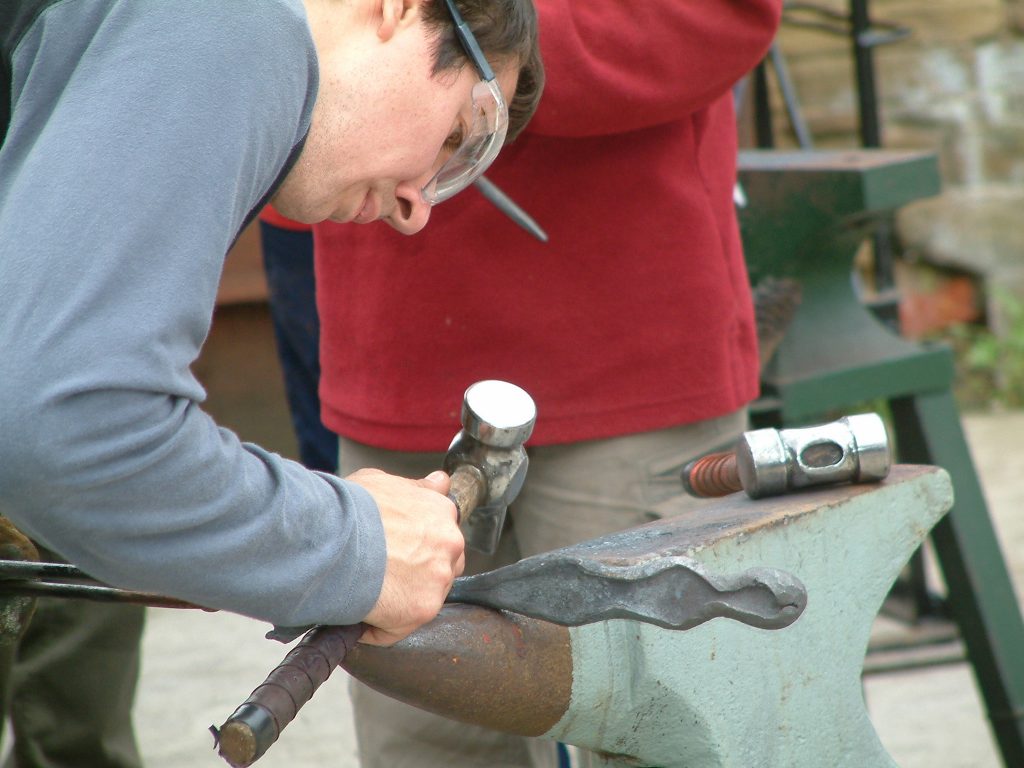 Accidents occur in daily life. Often, severe injuries result. However, prison accidents rarely are discussed. Prisoners who are victims of accidents while serving time are often provided with the same legal protections as an average person.
Accidents occur in daily life. Often, severe injuries result. However, prison accidents rarely are discussed. Prisoners who are victims of accidents while serving time are often provided with the same legal protections as an average person. 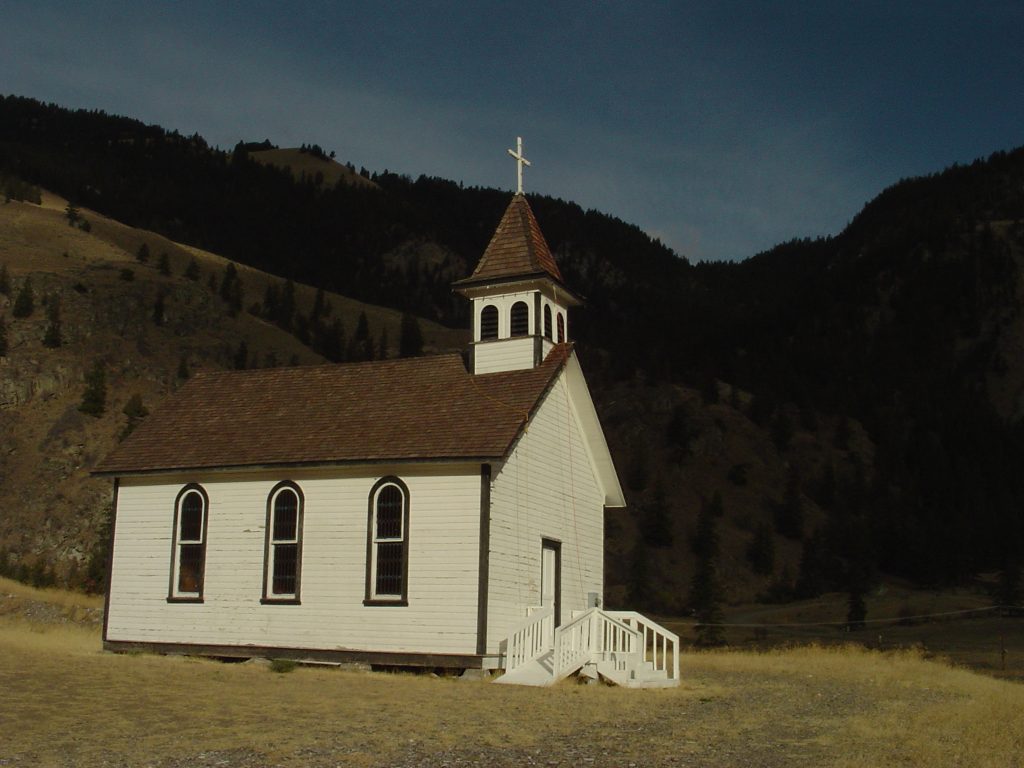 Suppose a pedestrian is hit by a driver who is leaving a poorly-maintained parking area in rural Louisiana that is little more than a partially cleared grassy area. The pedestrian sues the property owner and its insurers, among other defendants. Now suppose that this plaintiff, on being questioned in a deposition taken by the defendants’ attorneys, cannot articulate anything at all that the property owner did or did not do to cause this accident. Suppose also that the pedestrian fails to refute evidence that this type of unpaved, unmarked “clearing in the woods” parking area is common in rural Louisiana and that there have never been any parking problems or collisions in this particular lot before. Will the case go to the jury, or will the judge find for the defendants due to a lack of disputed facts for the jury to consider, leaving the injured pedestrian without a chance to prove she has suffered damages and deserves compensation from the property owners?
Suppose a pedestrian is hit by a driver who is leaving a poorly-maintained parking area in rural Louisiana that is little more than a partially cleared grassy area. The pedestrian sues the property owner and its insurers, among other defendants. Now suppose that this plaintiff, on being questioned in a deposition taken by the defendants’ attorneys, cannot articulate anything at all that the property owner did or did not do to cause this accident. Suppose also that the pedestrian fails to refute evidence that this type of unpaved, unmarked “clearing in the woods” parking area is common in rural Louisiana and that there have never been any parking problems or collisions in this particular lot before. Will the case go to the jury, or will the judge find for the defendants due to a lack of disputed facts for the jury to consider, leaving the injured pedestrian without a chance to prove she has suffered damages and deserves compensation from the property owners?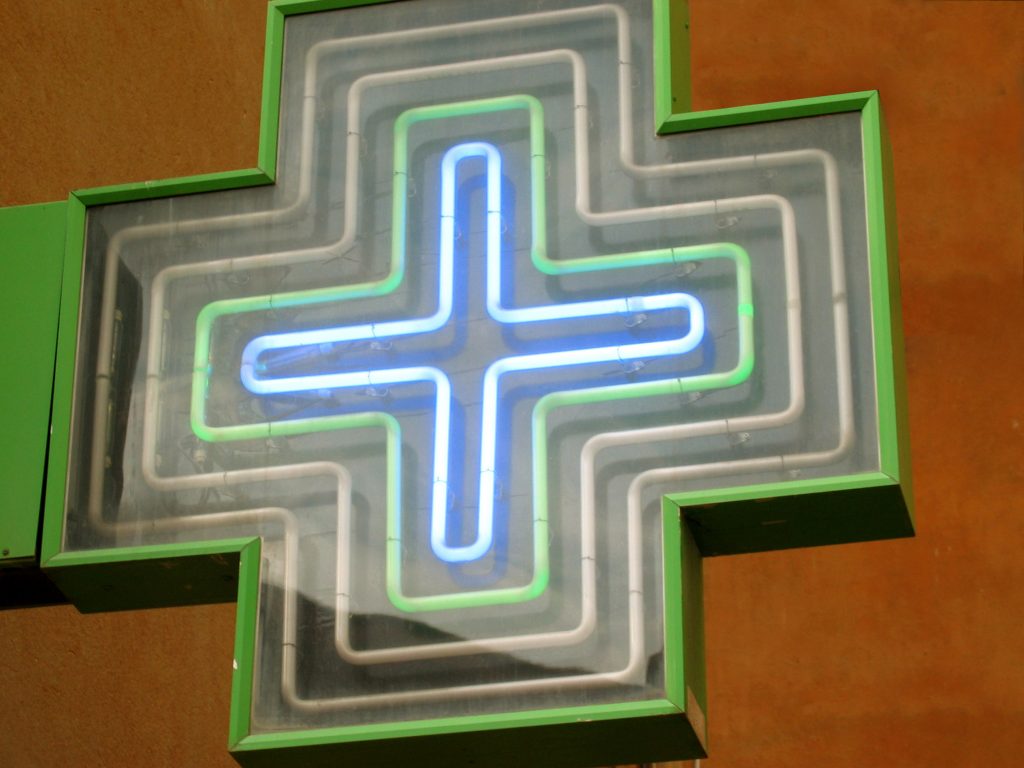 Recently, the Louisiana Fifth Circuit Court of Appeals increased a trial court’s award of damages to a plaintiff in a negligence action against Walgreens. Negligence involves showing the court that one person (or company) failed to do their duty—and as a result, someone was hurt. In this case, Peggy Williams asked her son Derrick to pick up a medication for her from the Walgreens pharmacy in Gretna. Walgreens’ pharmacist handed Derrick another person’s medication, and Ms. Williams took the pills without noticing the mistake. As a result, she suffered several strokes and long-term loss of physical capacity. The jury found that Ms. Williams and her son were 40% at fault, and that Walgreens was 60% at fault for the harms Ms. Williams suffered.
Recently, the Louisiana Fifth Circuit Court of Appeals increased a trial court’s award of damages to a plaintiff in a negligence action against Walgreens. Negligence involves showing the court that one person (or company) failed to do their duty—and as a result, someone was hurt. In this case, Peggy Williams asked her son Derrick to pick up a medication for her from the Walgreens pharmacy in Gretna. Walgreens’ pharmacist handed Derrick another person’s medication, and Ms. Williams took the pills without noticing the mistake. As a result, she suffered several strokes and long-term loss of physical capacity. The jury found that Ms. Williams and her son were 40% at fault, and that Walgreens was 60% at fault for the harms Ms. Williams suffered.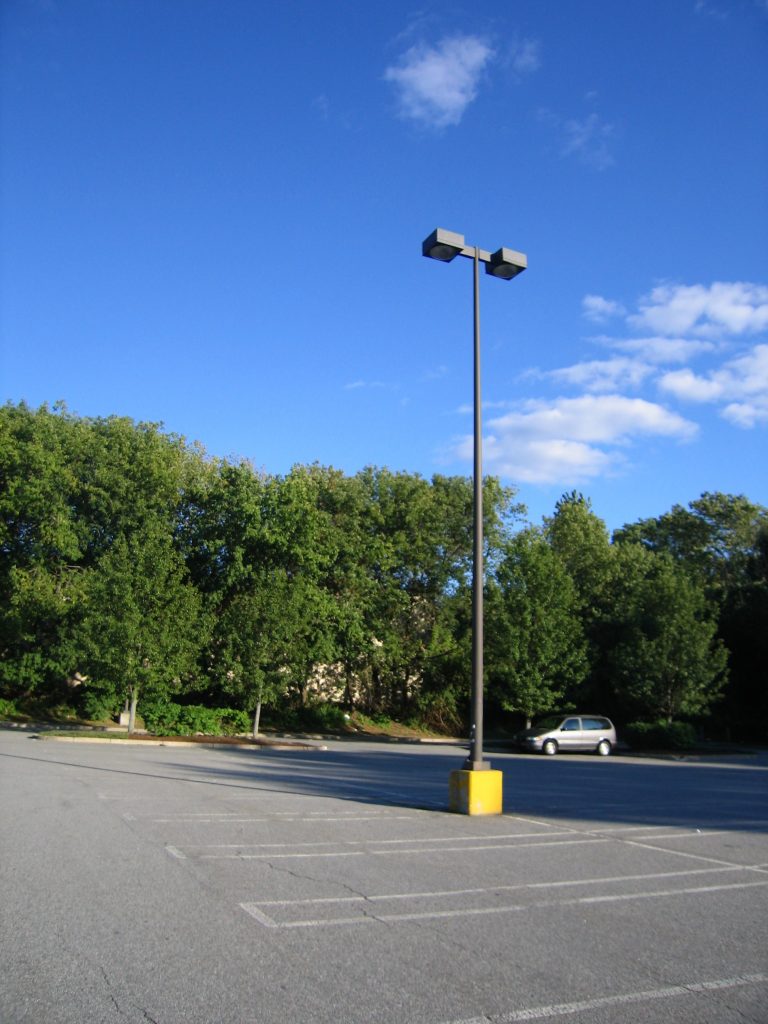 When a person is injured and they file a lawsuit to recover damages for their injuries, they expect to “have their day in court,” to be able to present their case and all of the facts and evidence that support their case. But what if the other side argues that there is no real disagreement about the facts and that the facts do not support the injured party’s claim? A judge can decide early on in a lawsuit that there is no real question about a material fact and that reasonable persons would come to the same conclusion when considering the facts. This is what happened to Mr. Salvadore Tramuta when he filed suit for personal injuries in Jefferson Parish, Louisiana.
When a person is injured and they file a lawsuit to recover damages for their injuries, they expect to “have their day in court,” to be able to present their case and all of the facts and evidence that support their case. But what if the other side argues that there is no real disagreement about the facts and that the facts do not support the injured party’s claim? A judge can decide early on in a lawsuit that there is no real question about a material fact and that reasonable persons would come to the same conclusion when considering the facts. This is what happened to Mr. Salvadore Tramuta when he filed suit for personal injuries in Jefferson Parish, Louisiana.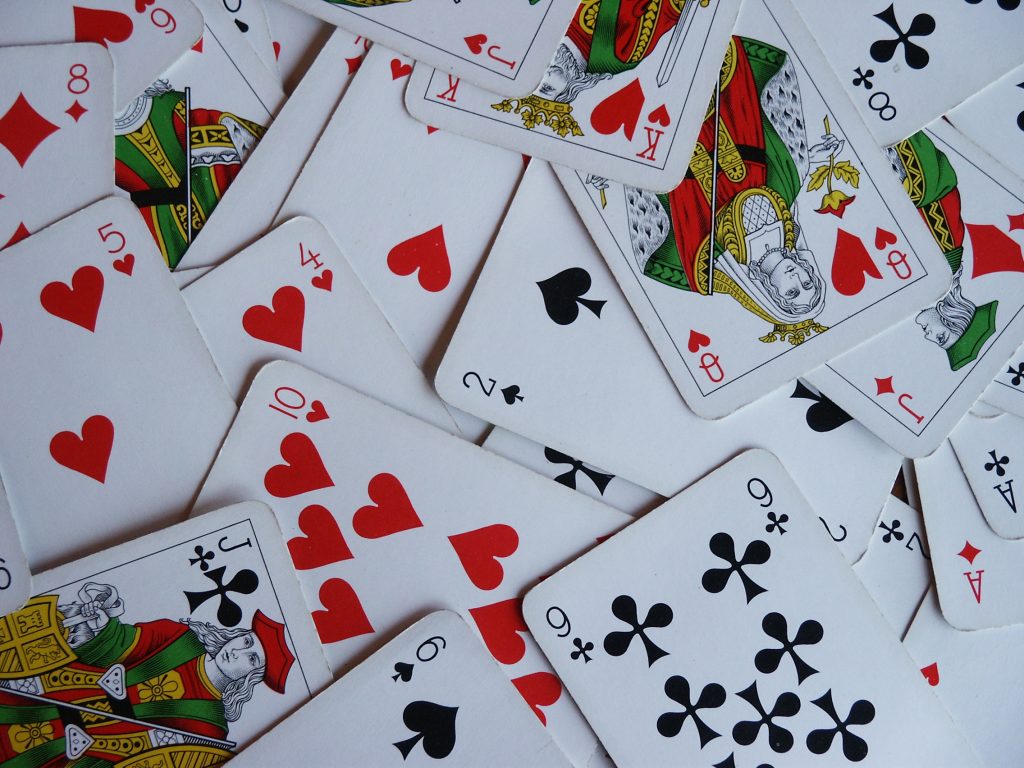 A night at
A night at